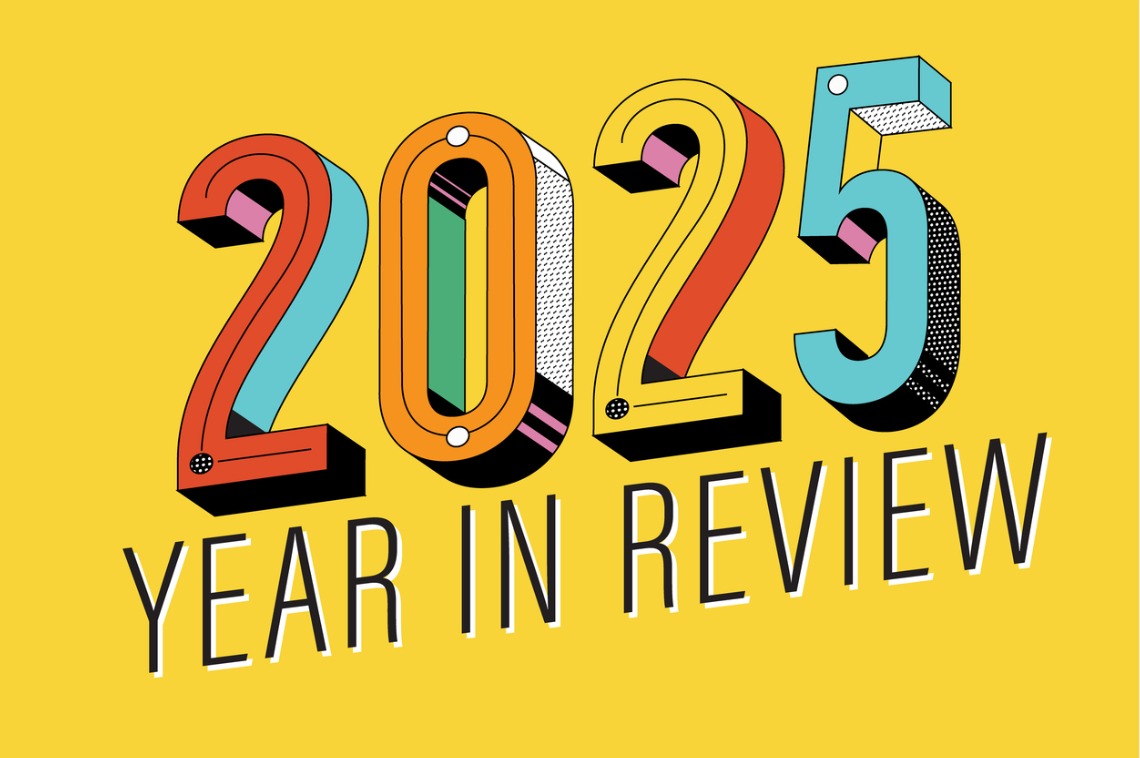T
he commercial real estate (CRE) sector in Asia is at a critical juncture, with weakening fundamentals and regional risks creating a perfect storm of distress. Hong Kong's market is particularly vulnerable, with high vacancy rates, declining rents, and a debt crisis among developers forcing institutional investors to rethink their strategies. For those willing to navigate the complexity, opportunities abound – but only for those who approach them with rigorous due diligence and proactive risk management.
Hong Kong's CRE market reflects a broader Asian trend of structural fragility. According to CBRE's H1 2025 report, Grade A office vacancy rates remain high at 17.4%, while rents have fallen 2.8% year-to-date. The debt crisis among developers has intensified, with Hang Seng Bank's non-performing loan (NPL) ratio rising to 6.69%. Global interest rate hikes and geopolitical tensions have further strained debt-servicing costs.
Institutional investors are recalibrating their valuation models, shifting focus from speculative growth to defensive positioning. They're prioritizing sectors with structural demand, such as last-mile logistics, life sciences, and necessity retail, while avoiding cyclical assets like offices and discretionary retail. For example, logistics demand in Australia and Japan remains robust due to e-commerce tailwinds, but Hong Kong's industrial sector lags.
To navigate this environment, institutional investors must adopt a disciplined approach to due diligence and leverage technology-driven tools. Three strategies stand out: sectoral diversification and defensive positioning, debt restructuring and distressed asset opportunities, and proactive management. Investors are favoring sectors with inelastic demand, such as necessity retail and life sciences real estate.
Debt restructuring offers opportunities for value creation through cross-border legal frameworks. Advanced analytics and AI tools can help assess undervalued assets, while proactive asset management is critical to mitigating risks in a volatile market. Landlords are experimenting with flexible leasing models, retailers are leveraging data-driven marketing, and logistics operators are investing in automation.
For institutional investors, the path to success requires a balance of caution and opportunism. Prioritize quality over quantity by focusing on high-quality assets in prime locations with strong tenant profiles. Leverage secondaries and GP-led transactions to access undervalued assets with in-place cash flows. Build exit flexibility by aligning investments with sectors that have clear exit profiles.
Asia's CRE sector is undergoing a transformation, driven by weakening fundamentals and regional risks. By adopting a disciplined approach to due diligence, leveraging technology, and prioritizing defensive sectors, investors can navigate the current downturn and position themselves for long-term gains. In Hong Kong, where the market is both a cautionary tale and a potential goldmine, the rewards for those who act with foresight will be substantial.














